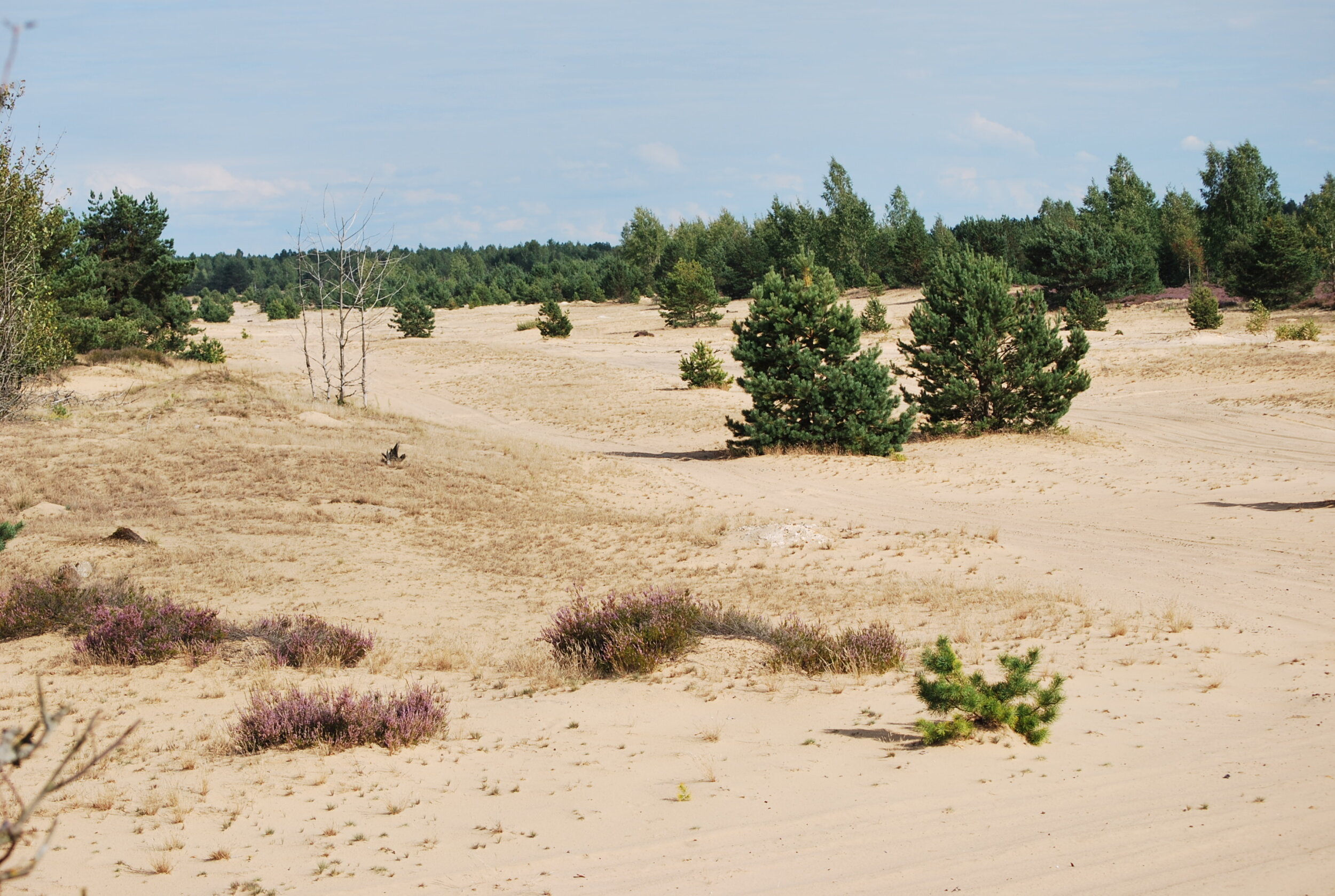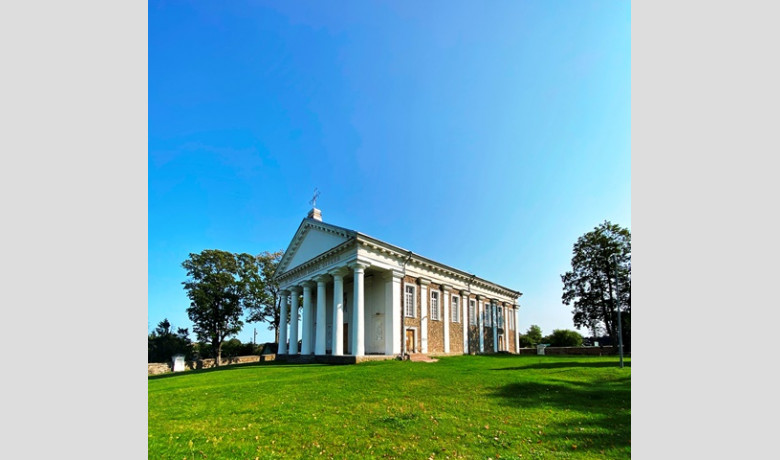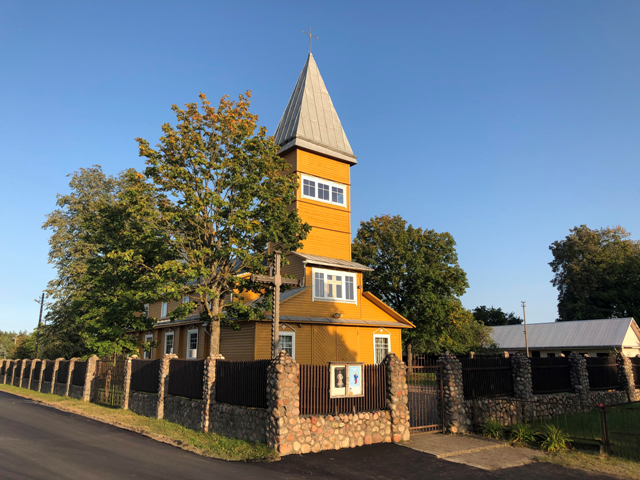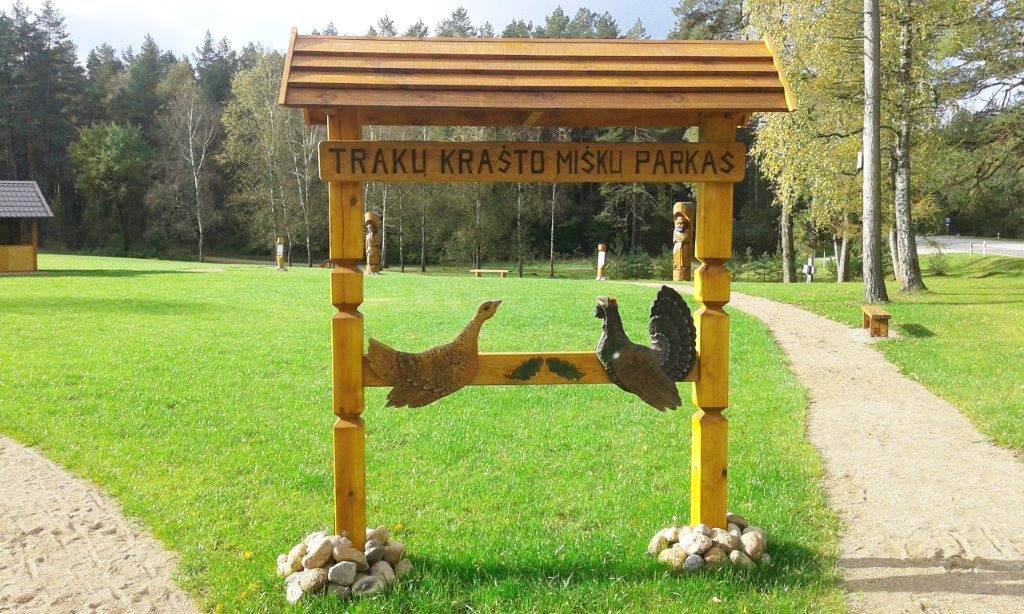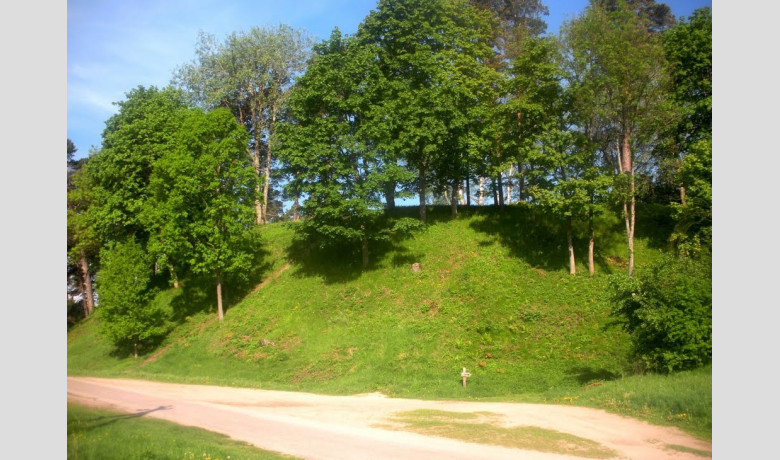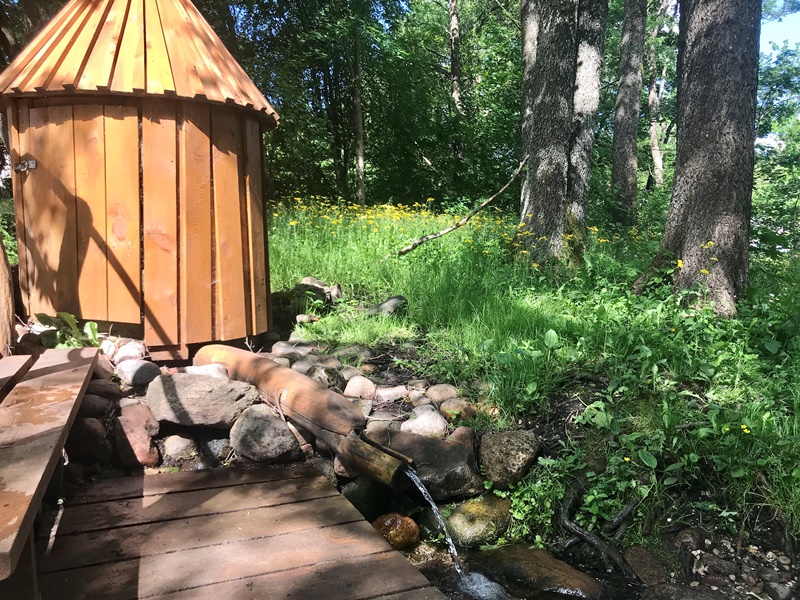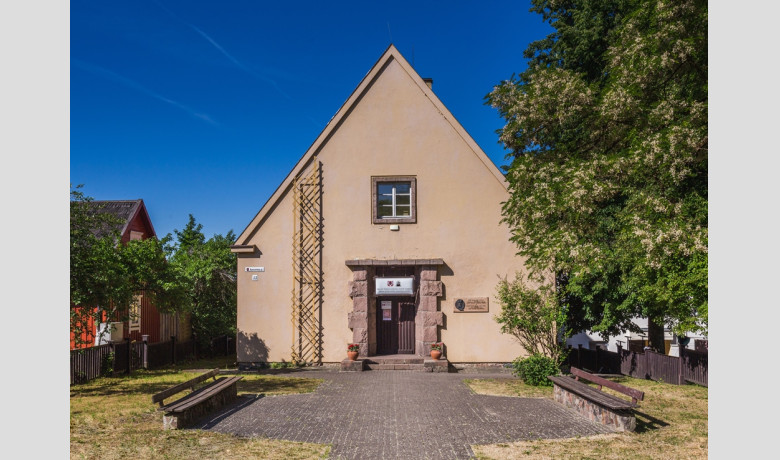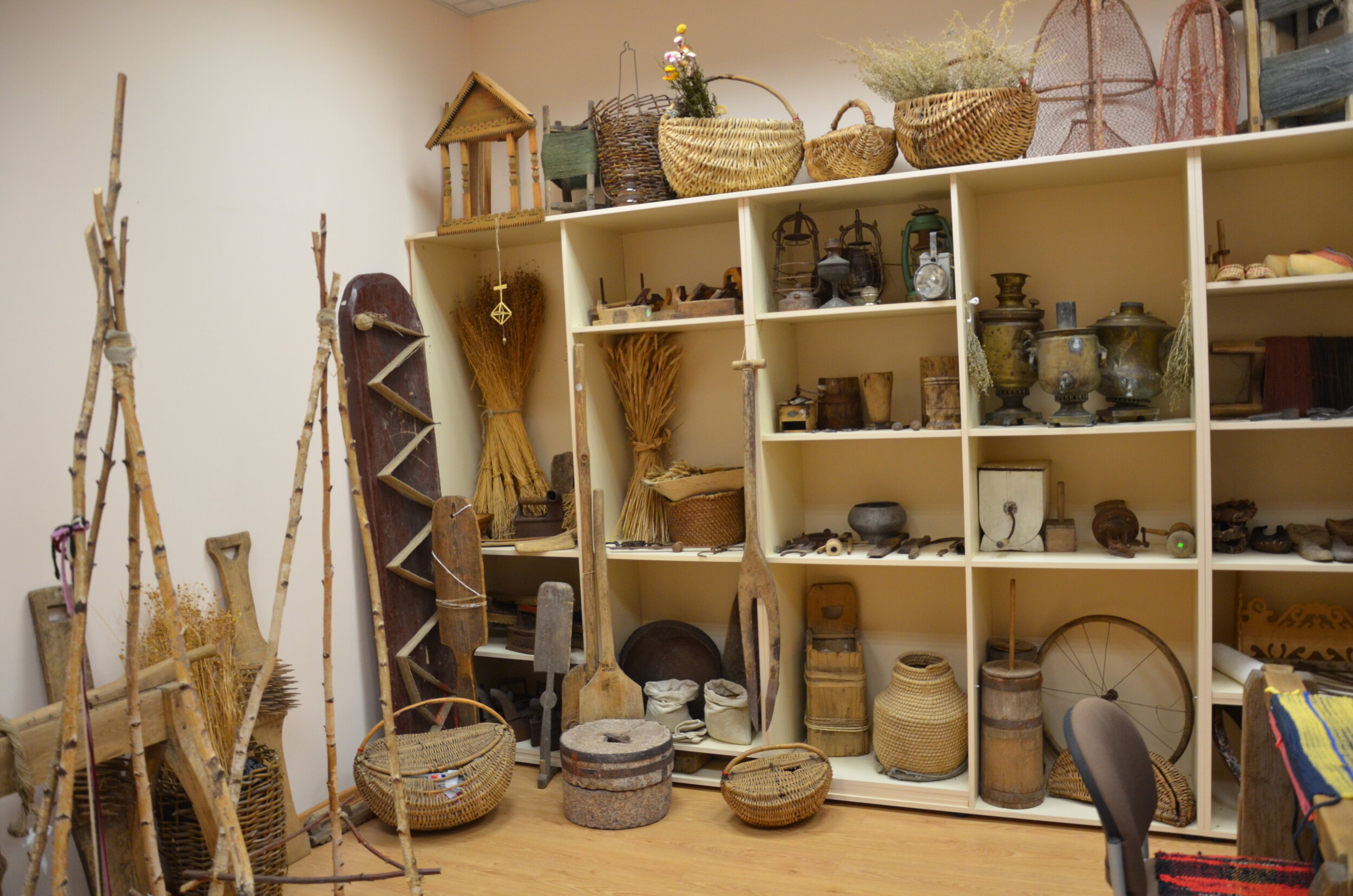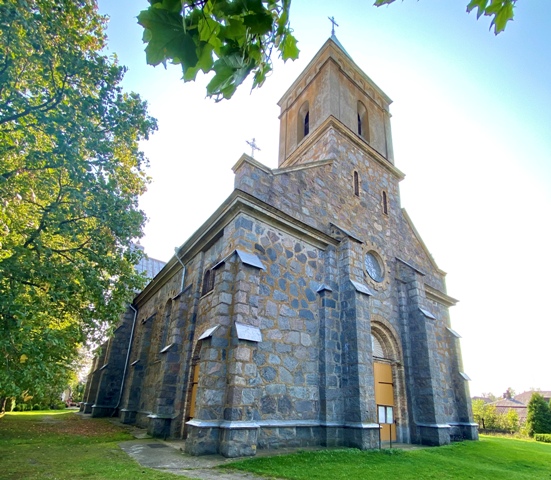Rūdiškės Church of the Sacred Heart of Jesus

69

0

1
0 out of 5
(0 reviews)
The village of Rūdiškės has been mentioned since 1774, and it began to grow rapidly after the Warsaw–St. Petersburg railway was built in 1864. Historically, this area was known for its abundant water. It is believed that bog iron was smelted in the vicinity, which is why the village was named Rūdiškės.
Info
-

Religious Heritage
-
Rūdiškės
-
The village of Rūdiškės has been mentioned since 1774, and it began to grow rapidly after the Warsaw–St. Petersburg railway was built in 1864. Historically, this area was known for its abundant water. It is believed that bog iron was smelted in the vicinity, which is why the village was named Rūdiškės.
In 1908, the authorities granted permission to build the Church of the Sacred Heart of Jesus in Rūdiškės, a filial church of the Trakai parish. In the first half of the 20th century, the Sacred Heart of Jesus became the most popular theme in Lithuanian church art. This devotion was inspired by the visions of St. Margaret Mary Alacoque, who in 1674 saw a vision of Christ's heart, burning and wounded, with a cross on top, surrounded by a crown of thorns symbolizing the suffering caused by human sins. Images of Jesus based
on her vision became widespread, especially after her beatification in the 19th century and canonization in 1920.
In 1909, Father A. Žemaitis was assigned to Rūdiškės, where he set up an altar in a residential house and began holding services. The parish was officially established in 1910 and has grown significantly over the century. The first parish records show about four hundred parishioners, a number that has since grown to four thousand.
Father J. Jurkevičius, together with the parishioners, built the current brick church from 1925 to 1932. The church was renovated in 1980. It is historicist in style, featuring neo-Romanesque and neo-Gothic elements. The church is built in the shape of a Latin cross, with a single tower and a turret. The interior has three naves, and the churchyard is enclosed by a masonry wall.
Found a mistake?
Report
Whats new?
Nearby attractions
Nearest museums

 Entertainment
Entertainment
 Food establishments
Food establishments





























 54.513044, 24.825315
54.513044, 24.825315
 Get directions
Get directions








